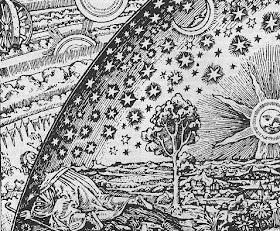"Phidias, the most envied sculptor of all time, died of a broken heart after his insufferable talent landed him a jail sentence.
Many centuries later, Phidias was punished again, this time by usurpation.
His best works, the sculptures of the Parthenon, are no longer in Athens but in London. And they are called not the Phidias Marbles, but the Elgin Marbles.
Lord Elgin was not exactly an artist. As British ambassador a couple of centuries ago, he shipped these marvels home and sold them to his government. Since then, they sit in the British Museum.
When Lord Elgin filched what he filched, the Parthenon had already been devastated by weather and war. Erected to the eternal glory of the goddess Athena, it endured the invasion of the Virgin Mary and her priests, who eliminated several figures, rubbed out many faces, and mutilated every penis. Many years later came the Venetian invasion and the temple, used as a powder house, got blown to pieces.
The Parthenon was left in ruins. While the sculptures that Lord Elgin took were broken and remain so, they speak to us about what they once were:
that tunic is just a piece of marble, but in its folds sways the body of a woman or a goddess,
that knee walks on in the absent leg,
that torso, decapitated, bears an invisible head,
that bristling mane conveys the missing horse in full whinny, and those galloping legs how it thunders on.
In the little there is, lies all that was."
- Excerpted from Mirrors, by Eduardo Galeano


































